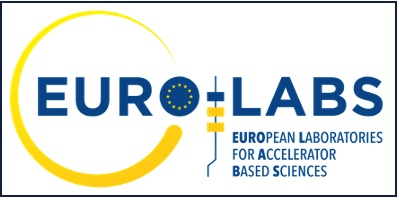Description
Over a decade ago, the first experimental evidence for the N=32 sub shell closure in the calcium isotopic chain emerged [1,2]. Subsequent experimental and theoretical investigations have confirmed this finding. However, in laser spectroscopy measurements extending up to $^{52}$Ca (N=32), no indications of this shell gap were apparent [3]. Crossing the shell gap with laser spectroscopy setups has proved difficult due to the simultaneous requirement of a sensitivity of approximately 10 ions/s and a measurement uncertainty on the order of MHz.
This contribution presents the first laser spectroscopy measurements of $^{53,54}$Ca, facilitated by an extension of the collinear laser spectroscopy technique employed at the COLLAPS setup at ISOLDE/CERN. This technique, termed as radioactive detection after optical pumping and state selective charge exchange (ROC), combines the high sensitivity of a particle detection scheme with the high resolution of low-power, continuous wave lasers utilized in a collinear geometry. The methodology of this technique will be explained, followed by the presentation and discussion of preliminary values for the charge radius and magnetic dipole moment of $^{53,54}$Ca in the context of the robustness of the N=32 sub shell closure.
[1] Wienholtz, F. et al. Nature vol. 498, 346-349 (2013)
[2] Steppenbeck, D. et al. Nature vol. 502, 207-210 (2013)
[3] R.F. Garcia Ruiz et al, Nature Physics vol. 12, 594-598 (2016)
| Work-package | WP2 - RIs for Nuclear Physics |
|---|---|
| Facility identifier | ISOLDE |
